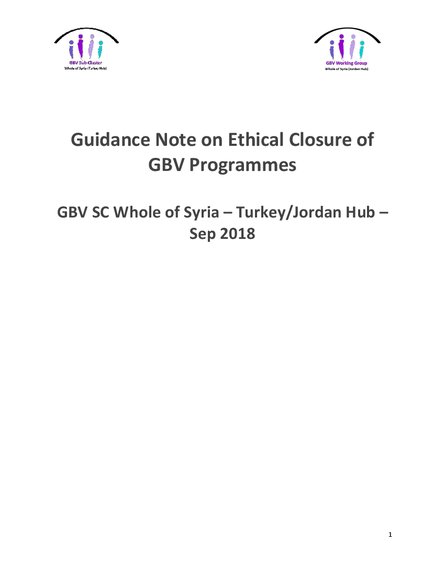
A program “exit” refers to the withdrawal of all externally provided program resources from an entire program area, or from communities or districts within a program area. It could also refer to the end of a program funding cycle, with an extension through a recovery program or a longer-term development program.
In principle, in an emergency setting, the “exit” of humanitarian activities should happen only when the exceptional needs arising from the emergency no longer exist and restored protection, health and related services, together with ongoing development activities, can meet the needs of the population. Ideally, there would be a smooth transition from relief through recovery and into normal and development activities. In practice, humanitarian assistance sometimes has to be closed earlier because of several reasons as lack of resources, funding restrictions, security concerns, changes in the political environment, etc.
In the last year Turkey and Jordan cross-border operation in Syria experienced the “exit” of many actors and/or programs, because of short donor programme cycles, restrictions in the operational environment, shifting line of control, and access and security issues. Some INGOs and a number of Syrian partners went through the process of closing down women and girls safe spaces (WGSS) and GBV services. The complete shift of line of control in South Syria in summer 2018 presented a scenario where the emergency was quick and closure immediate, with no possibility of handover and/or continuity of services in any form; while in other scenarios handover was possible. The GBV Sub-Cluster determined that developing guidance to support GBV actors to formulate appropriate exit strategies that follow the do no harm approach is of absolute importance.